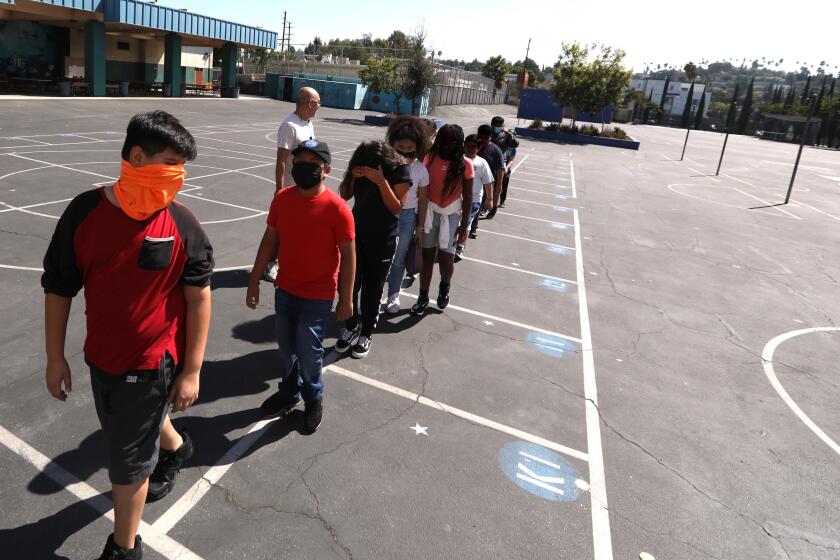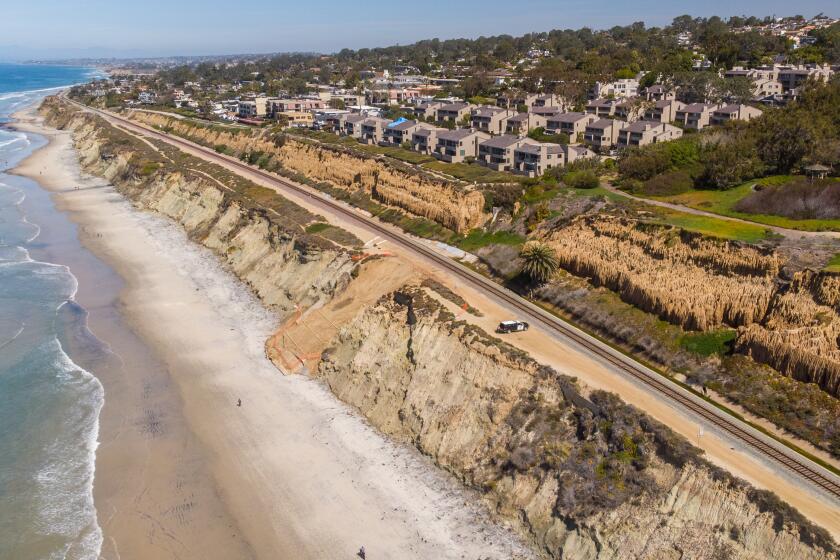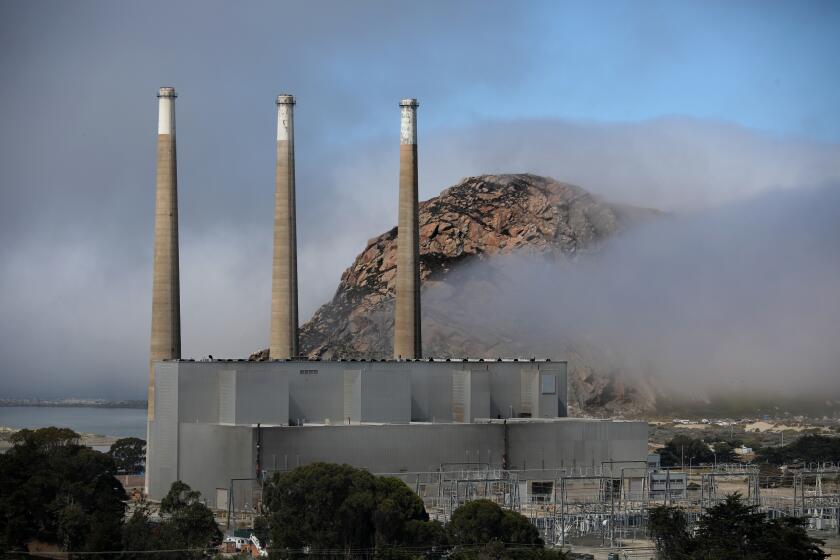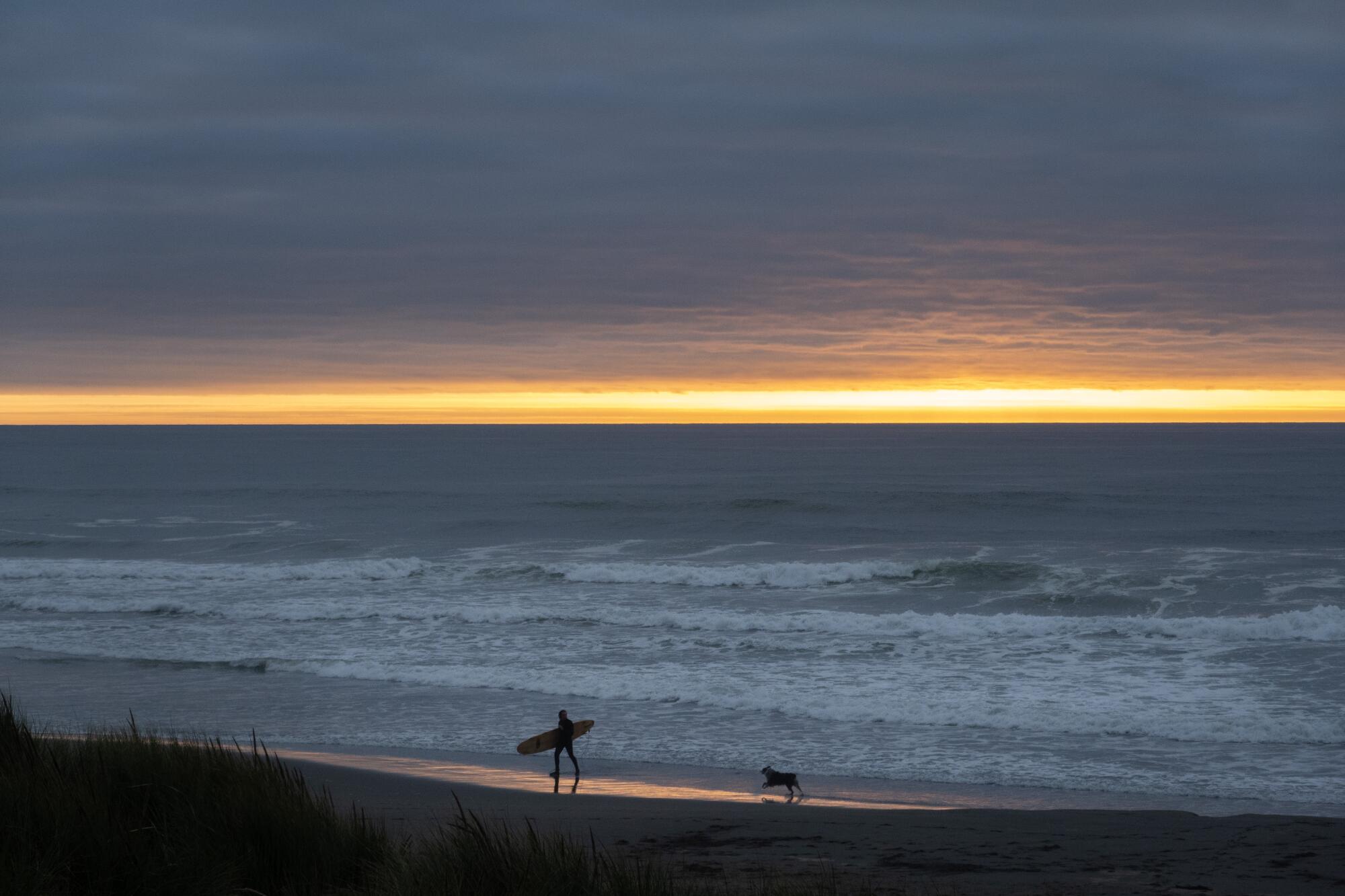
- Share via
SAMOA, Calif. — There’s a saying about the denizens of this foggy timber town: They don’t tan. They rust.
That’s because it’s usually so misty, so salty and so gray here along California’s far northern coast, said Don Hofacker. But sometimes, he emphasized, it does “get pretty doggone hot.”
“It does get extremely warm here,” Hofacker said. “It gets up to 82 at times.”
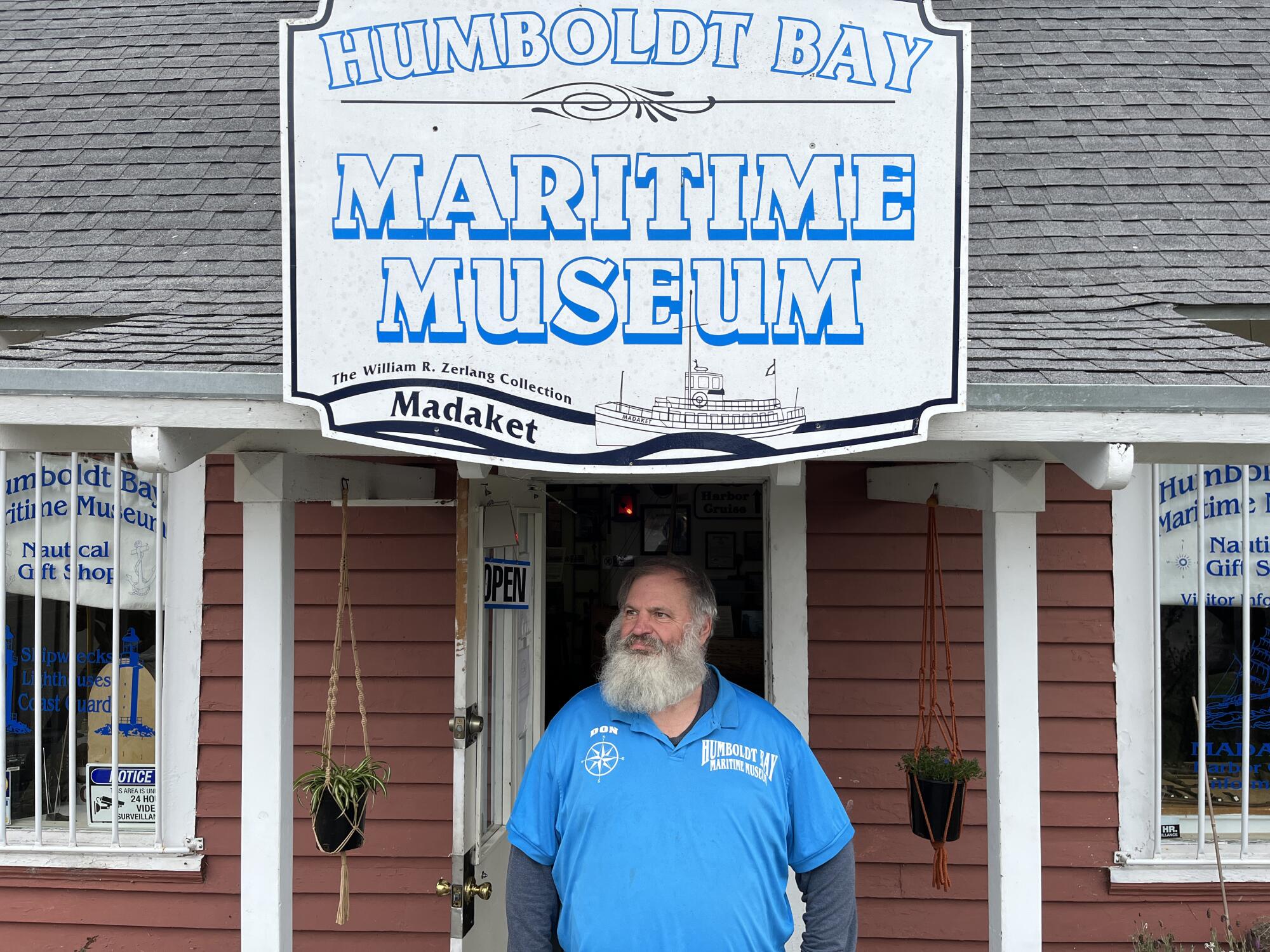
Hofacker, 69, is a docent at the maritime museum on the Samoa Peninsula, the narrow spit of sand on Humboldt Bay where he lives. As he mused about his hometown, the afternoon temperature was 56 degrees.
This was 24 hours after both Burbank and Woodland Hills broke daily heat records last week, topping out at 112 degrees.
There are 150 L.A. Unified schools in “very high need” of green space and shade, mostly in South and East Los Angeles, where parks are scarce.
Told about the temperatures down in sunny Southern California, Hofacker joked that he could think of one other place with that kind of heat: hell.
Most of California is baking under a so-called high-pressure heat dome. Fires have raged in Los Angeles, San Diego and Siskiyou counties. And officials are begging sweaty Californians to use less energy from the overtaxed power grid in order to avoid rolling blackouts.
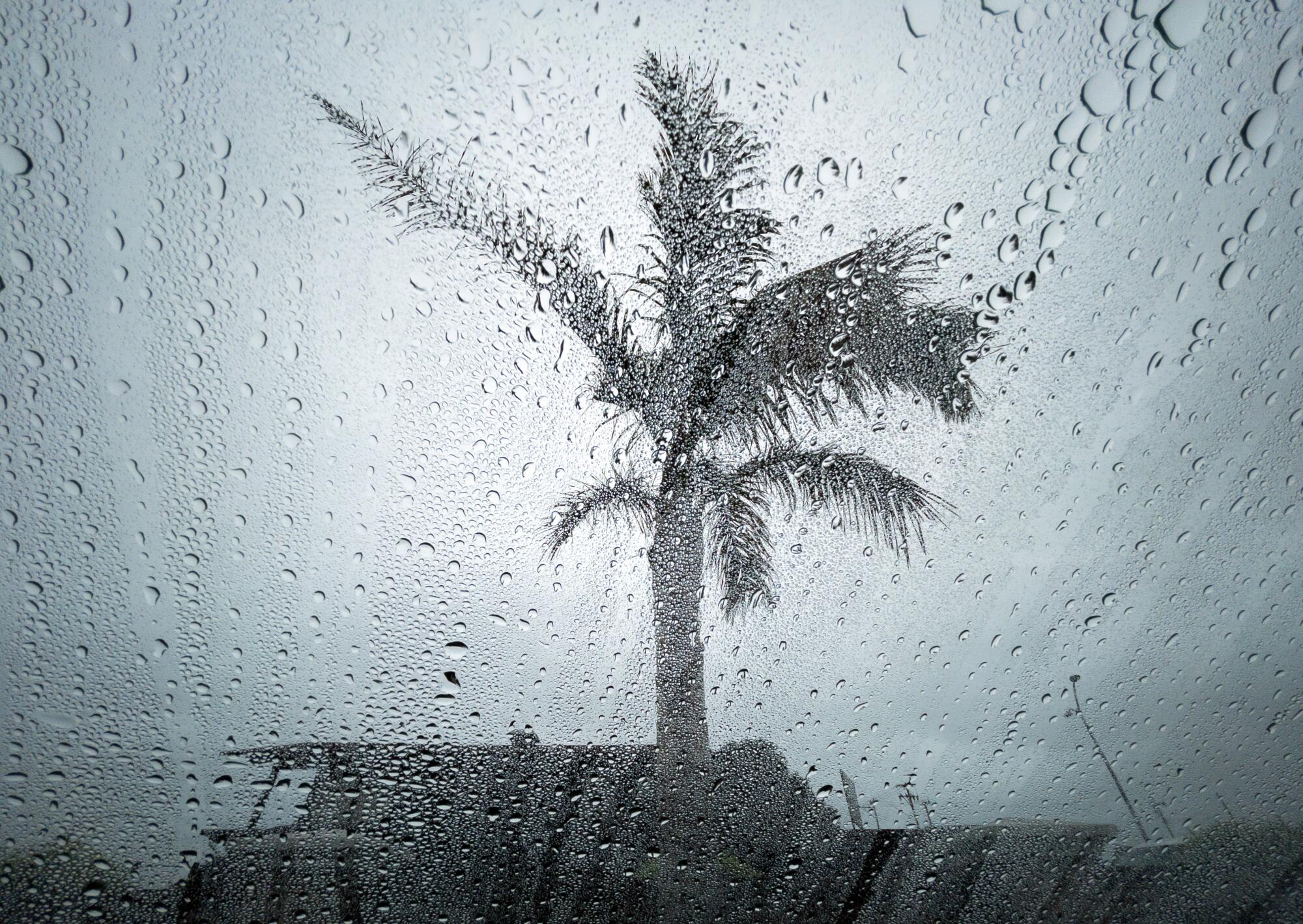
But the month of September rolled in with a chill here on the Samoa Peninsula — one of the coldest places in California in these waning days of summer.
“We have our natural air conditioning here. If you can put up with a little morning fog and drizzle and overcast sky, it’s not too bad,” said Doug Boushey, a meteorologist for the National Weather Service in Eureka.
The Pacific Ocean has a moderating effect that Boushey calls a “cool, moist pump.”
When it is hot inland, that warm, thinner air rises in the atmosphere, and cold marine air is sucked in, like a vacuum, to fill the void, Boushey said. The warmer air aloft acts “like a lid,” trapping the heavier, cooler air, which can’t easily flow over mountains.
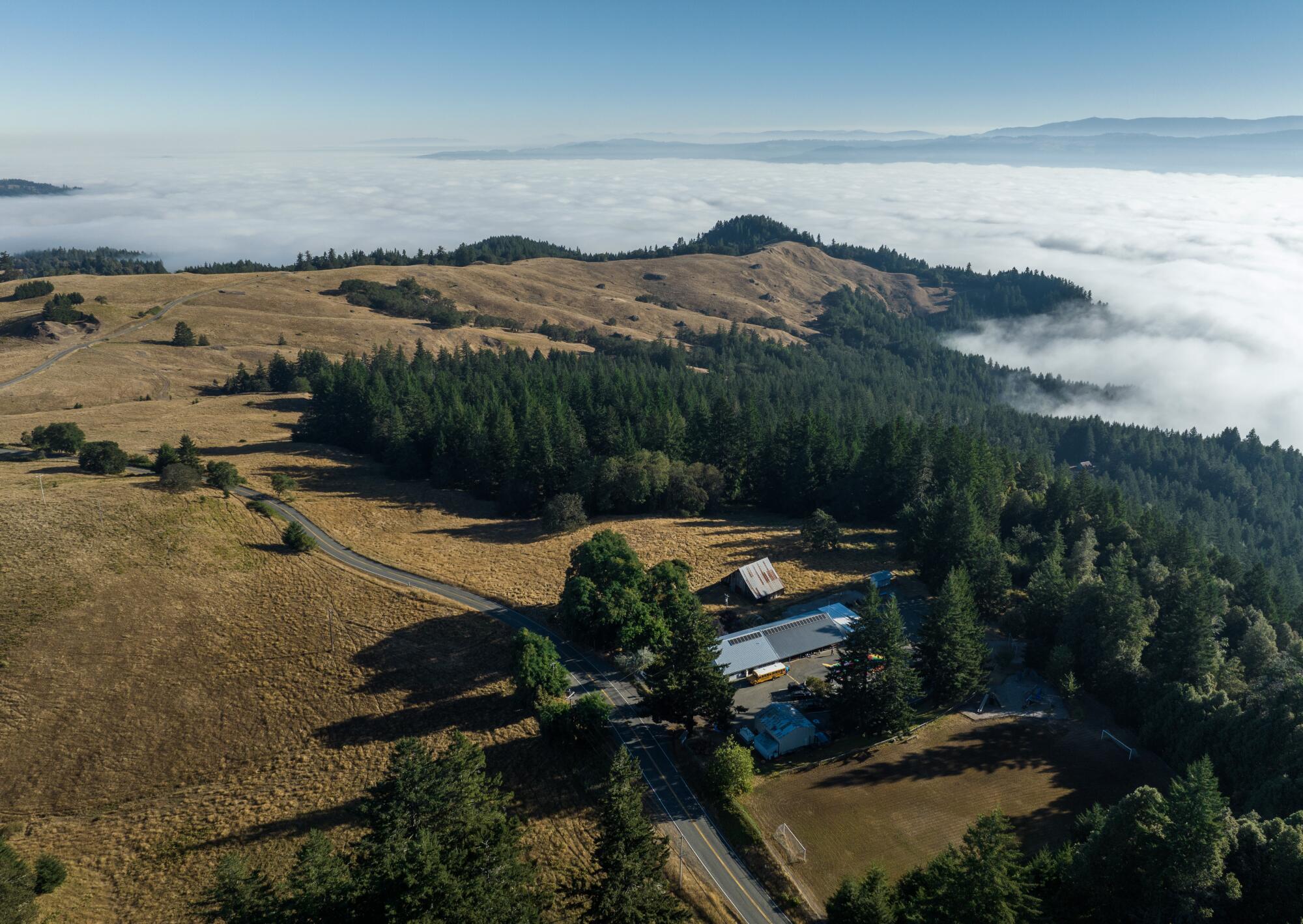
In Eureka, a mile east across the bay from the peninsula, the hottest temperature ever recorded is 87 degrees, Boushey said. The mercury hit that number in 1993, 2017, and 2020.
It’s a “wimpy record” as far as heat goes, he acknowledged.
With the heat dome firmly in place in parts elsewhere, the average highs around Eureka over the next week are in the mid-60s, Boushey said.
That’s even cooler than the famously frigid summer in a city five hours south: San Francisco. A high of around 79 is forecast there over Labor Day weekend.
Though the overwhelming majority of U.S. cities have had shorter, hotter winters over the last 50 years because of climate change, Eureka is one of the very few to buck the trend, with its winters becoming slightly colder, according to Climate Central, a nonprofit research group.
Since 1970, the average winter temperature in Eureka has dropped 1.3 degrees.
Longtime locals and real estate agents speak of “climate refugees” — people moving to the damp little towns beyond the Redwood Curtain to escape fire, smoke and heat — who are helping to drive up housing costs in an already tight market.
A new study pinpoints erosion hot spots along the entire California coast — and found that cliffs in Northern California are disappearing the fastest.
But for all the existential angst about population growth, global warming and sea level rise, most people here are happy to show off their little slice of paradise, which Boushey called “one of the coolest places in the state, in more ways than one.”
So what was life like on the Samoa Peninsula this week, while the rest of the state sizzled?
For the 1,100 or so residents of the narrow spit, which is about 10 miles long and 1 mile wide, it was, well, pretty chill.
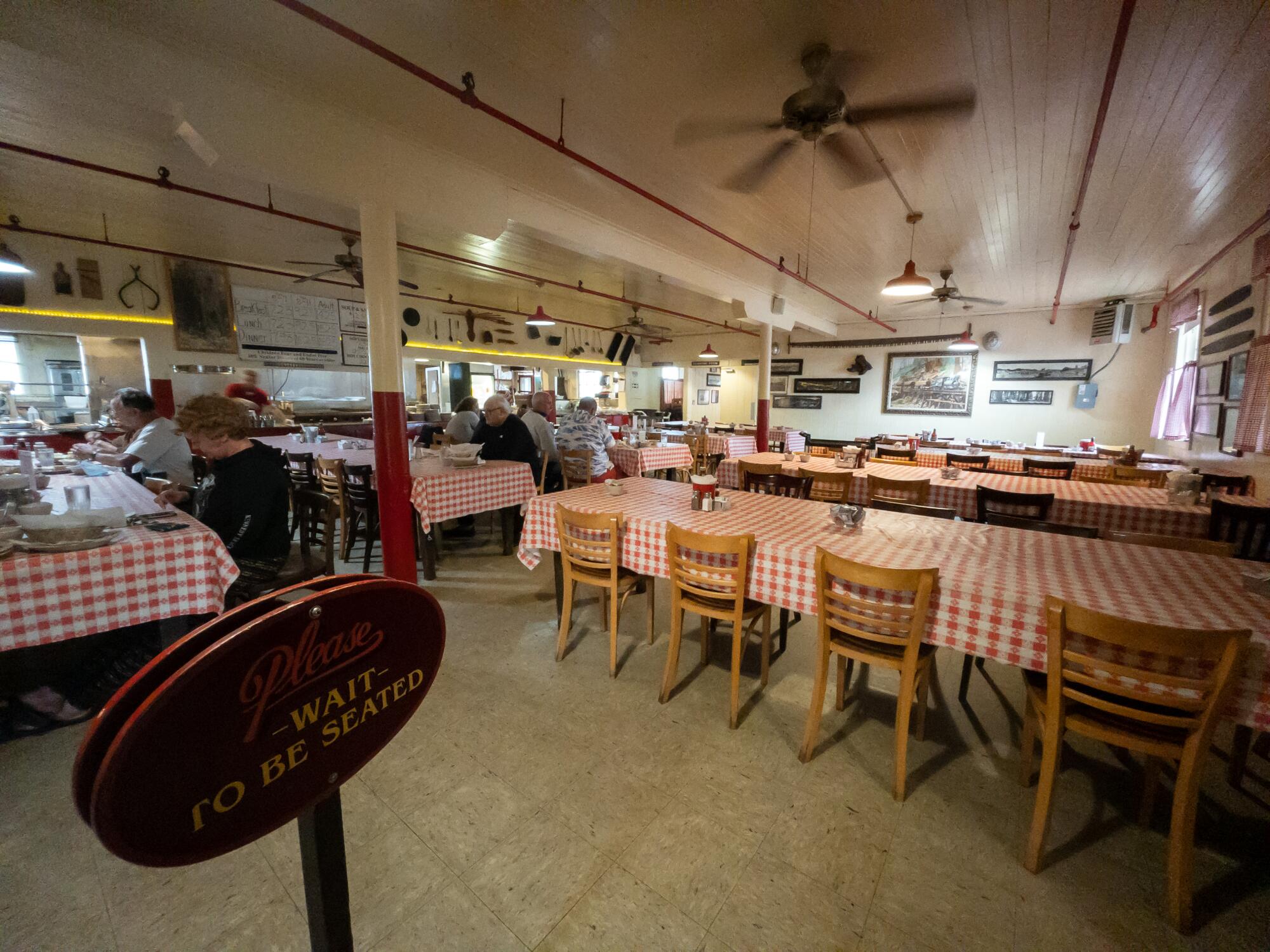
With gloomy gray skies overhead, Hofacker — a burly, bearded man who has played Santa Claus in the Salty Santa Boat Parade — closed up the Humboldt Maritime Museum, walked across the parking lot and ate a hearty dinner of meatloaf and piping-hot minestrone soup at the Samoa Cookhouse.
With its faded red-shingle siding, the Samoa Cookhouse, which opened in 1893, is the last surviving lumberjack camp-style cookhouse in the western U.S. It has long tables, with red-and-white-checkered tablecloths, and its own lumberjack museum, with giant saws — and soup ladles befitting Paul Bunyan himself — hanging from the walls.
Many of the local patrons wore short sleeves as the temperatures outside hung in the mid-50s.
“You watch somebody from down south come up here, they’ll be in long-sleeved shirts, down jackets,” he said. “We’re comfortable.”
Just across Cookhouse Road is a trailhead for the Samoa Dunes & Wetlands, which Jennifer Savage — a 20-year peninsula resident who leads the national effort by the nonprofit Surfrider Foundation to reduce plastic in marine environments — was excited to show off.
In coastal Morro Bay, Calif., three iconic but defunct smokestacks are coming down. A lithium battery storage project is planned as state transitions to renewable energy.
Savage raised three children here. They’re beach lovers who can name the native plants on the dunes and who balked the first time they felt “real heat” in the Central Valley years ago.
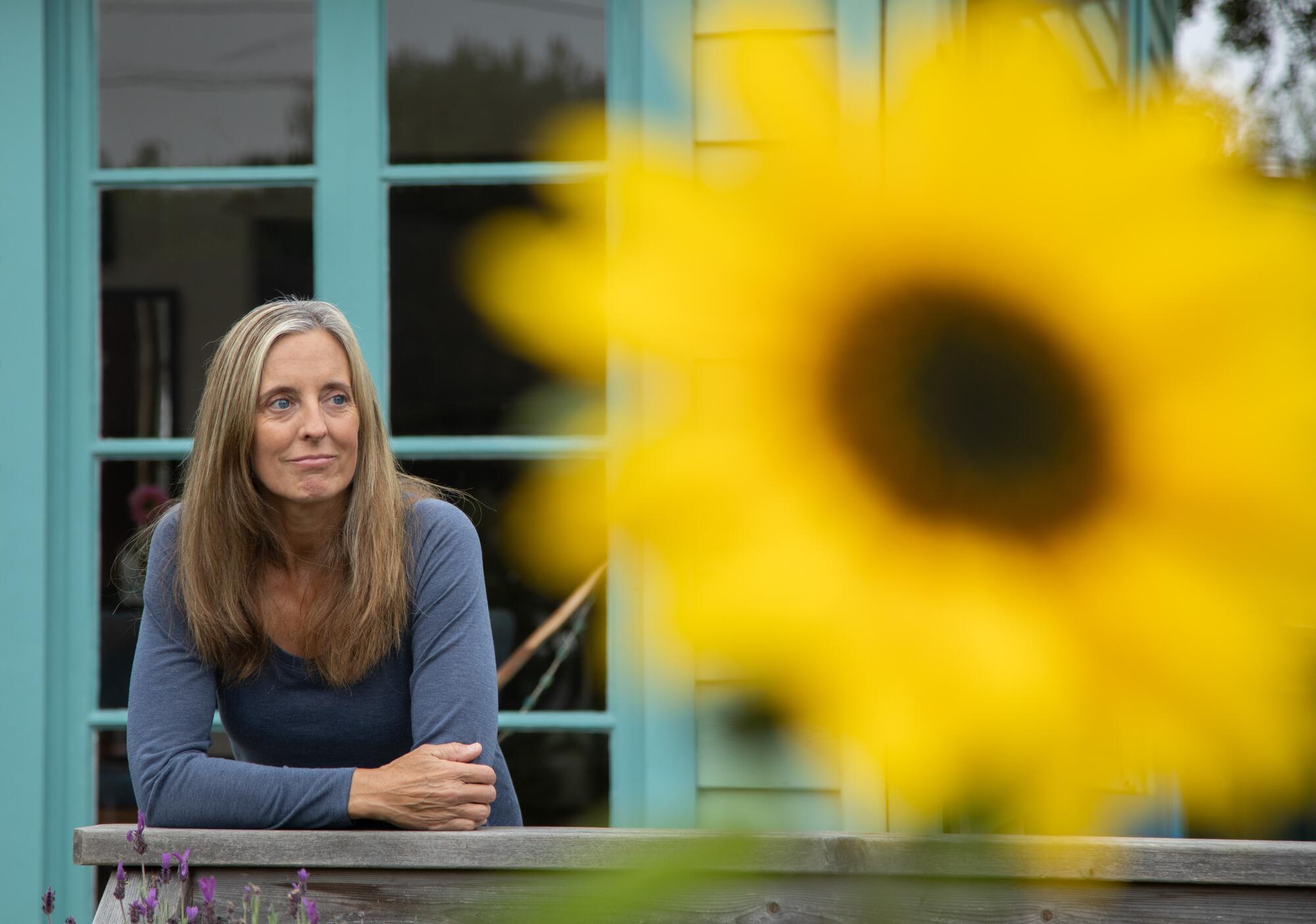
In a puffy vest and long sleeves, Savage hit the sandy hiking trail with Carol Vander Meer and Carla Avila-Martinez, board of directors members for the nonprofit Friends of the Dunes, which became the interim owner of the 357-acre conservation area two years ago.
The trail dipped into a coniferous forest, where the women picked and ate wild huckleberries. Vander Meer noted that the shore pines here grow in contorted shapes because of the chilly wind off the water.
Pale green lace lichen — pronounced “liken” — hung from the branches, flourishing in the damp climate. Vander Meer said people mistake the composite organism of fungus and algae for moss, but there’s a children’s tale to describe what it is:
Once upon a time, she said, there was a fungus named Francine Fungus. She was a great homebuilder but a lousy cook. She met Albert Algae, who couldn’t build a home worth a darn but could make wonderful food just using energy from the sun — photosynthesis.
So, Francine Fungus and Albert Algae took a lichen to each other.
The peninsula’s dunes and beaches drew a lot of people during the first year of the pandemic, when so many indoor places were closed. There was a lot of illegal camping, garbage dumping and off-road driving in ecologically sensitive areas.
“It was a lot of RVs and van-lifers everywhere,” Savage said.
The women said they know the area is only going to become more popular, thanks to its cold, clean air.
On the other side of a steep, sandy dune, the ocean roared. The wind whipped.
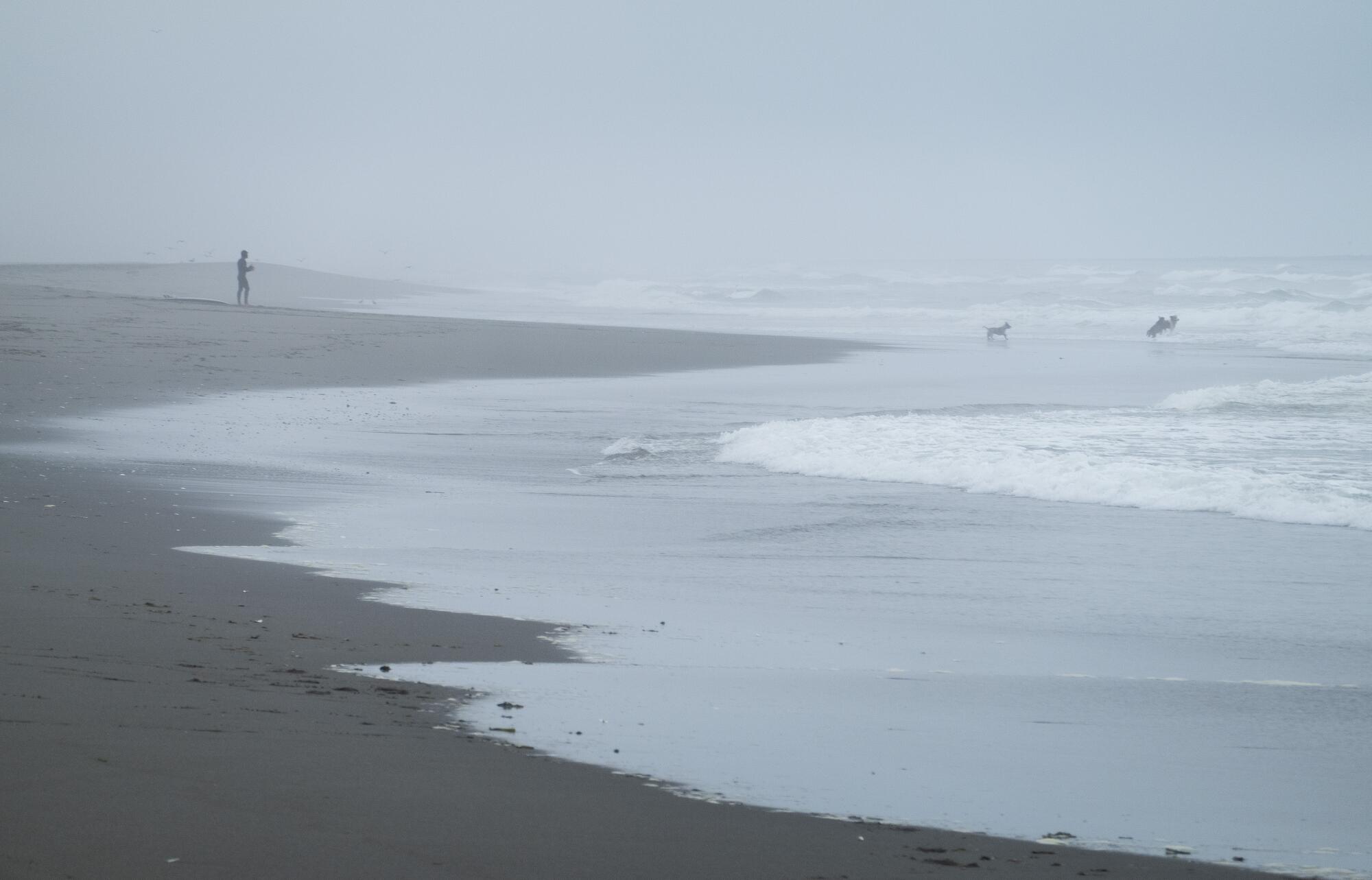
Boushey, with the National Weather Service, said that when people spend time outdoors here, they often don’t realize they are getting sunburned.
It’s a phenomenon nicknamed fogburn, he said. The sun’s ultraviolet rays still penetrate the fog and clouds, but “you don’t realize you’re being burned because the air is so cool.”
“You’re comfortable, but the ultraviolet is cooking you and all of a sudden you’re red as a lobster,” he said.
It doesn’t look as though the sun will come out much this week along the redwood coast, he said.
“But I’ll take fogburn any day over 103 or 105 degrees in L.A.”
More to Read
Sign up for Essential California
The most important California stories and recommendations in your inbox every morning.
You may occasionally receive promotional content from the Los Angeles Times.
